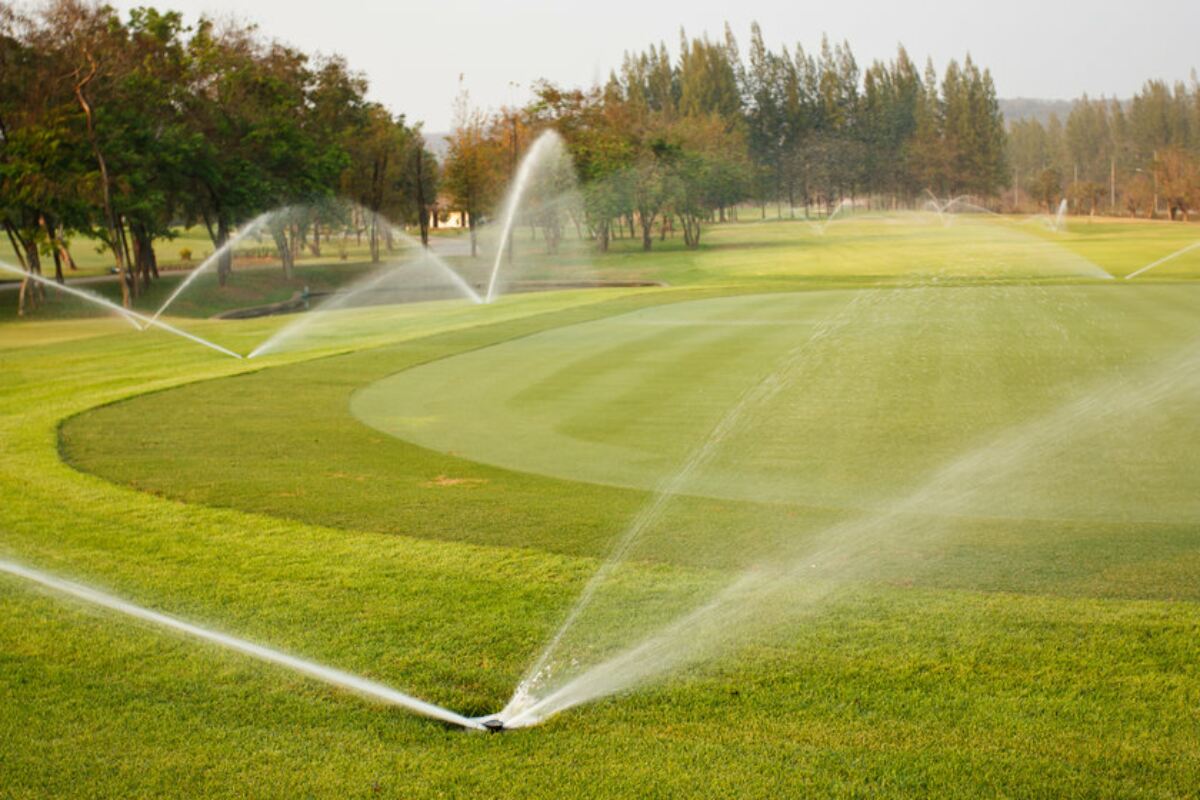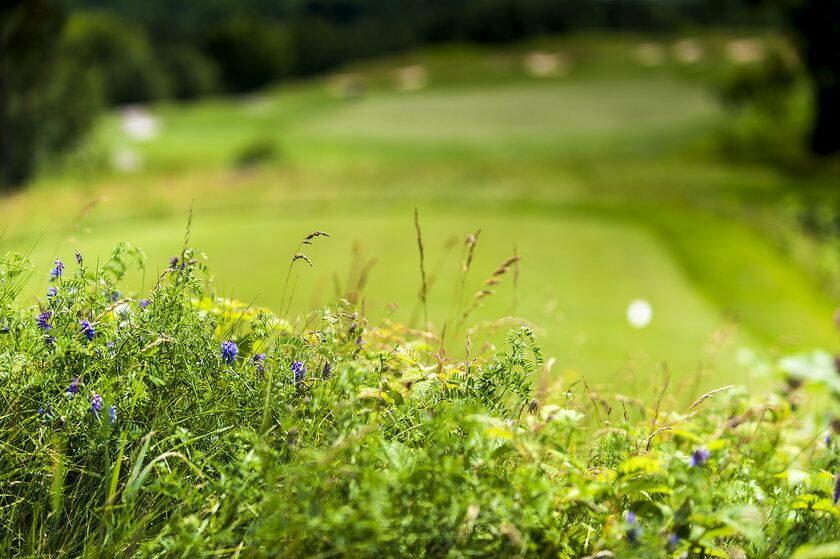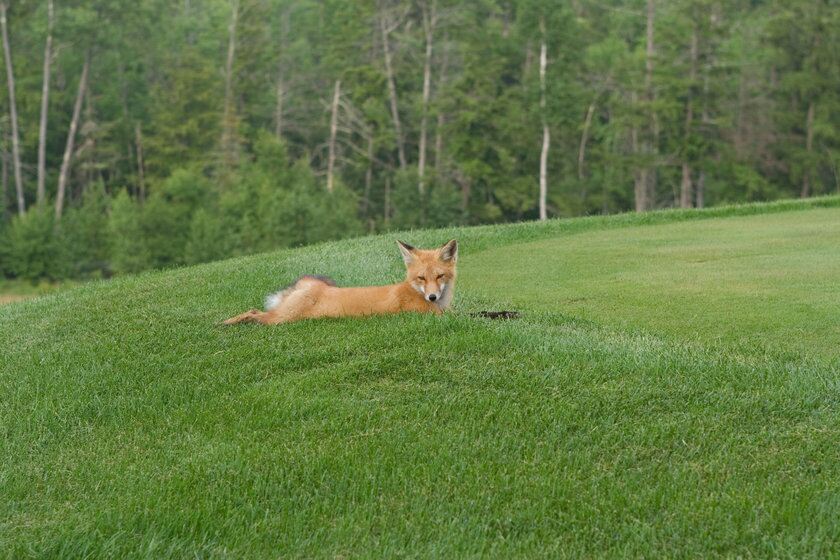Going green – your guide to environmentally-friendly golfing
Golf doesn’t have the best reputation when it comes to being environmentally-friendly. But that’s changing. You can now stay green on the green…
16 February 2017
1 minute read

|
As the famous saying goes, ‘golf is a good walk spoiled’. While most of us here don’t believe that, many do question the impact golf courses have on the environment.
But despite their perfectly manicured greens and fairways, and high water usage, golf courses are becoming more in tune with nature and pushing their green credentials further than ever.
The water question
This question is not as significant to the UK as it is the US. But figures show an average course can use up to the same amount of water as a village of 1,400 people every year. And even in places like Scotland, courses need watering throughout dry spells in the summer.
There are a number of techniques being used to help preserve water and reduce usage. Technology is helping reduce the amount of water needed through more efficient irrigation systems.
There are also new techniques to transform waste water from the clubhouse into water that can be used on the course. On the famous Pebble Beach course, all of its irrigation water comes from this source.
Alternative water sources such as ponds to collect rain and run off water are also helping to reduce the burden on water use.
Proper plant selection and the introduction of drought hardy plants have also helped to reduce the amount of water needed.
|

|
|
Preserving eco-systems
Golf courses in the UK cover an area equivalent to the Lake District National Park – around 2,300 sq kms. And fairways and greens are often seen as stripping away natural habits and ecosystems of local wildlife.
But the actual area of golf courses covered by these is not as large as you’d think. In fact, most golf courses are mainly rough and borders, which include untouched areas for nature to thrive.
Unmanaged areas of courses, which provide habitats not just for nature but also local wildflowers, flora and fauna, cover more than 1,000 sq kms – nearly half of the area.
The R&A is putting its eco-credentials to the fore by stating it wants to "optimise the playing quality of the golf course in harmony with the conservation of its natural environment under economically sound and socially responsible management.”
The R&A has also combined with the Royal Society for the Protection of Birds to develop a guide to habitat management on golf courses.
Many new courses are including protected areas for wildlife. Courses like St Andrews use their water features as paths for local wildlife like otters to negotiate their way through the course without having to cross paths with humans.
|

|
|
Look for GEO certificates
If you’re concerned about whether your local course is green or not, then look out for its Golf Environment Organisation (GEO) certificate.
It recognises a golf club’s development of environmentally friendly and sustainable course management techniques. The certificate has its own sustainability standards that a course must meet to gain accreditation.
|


